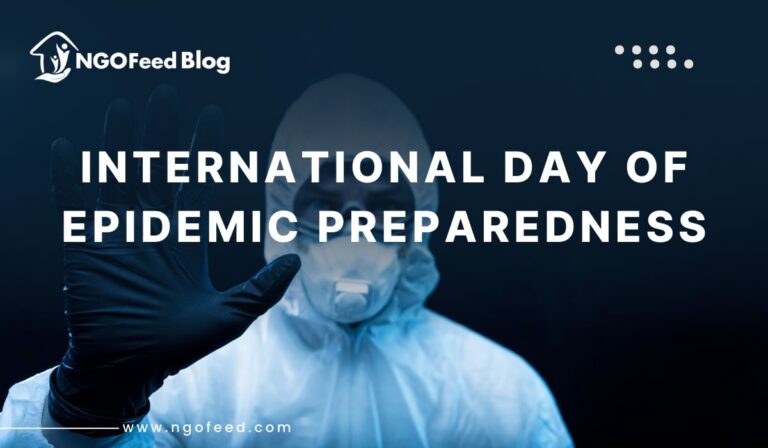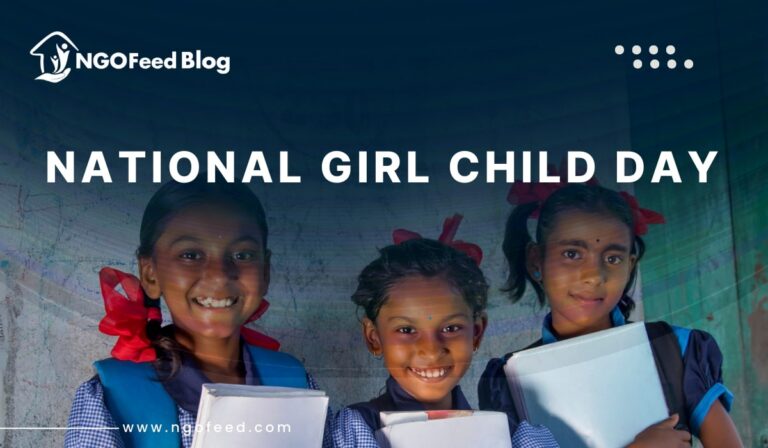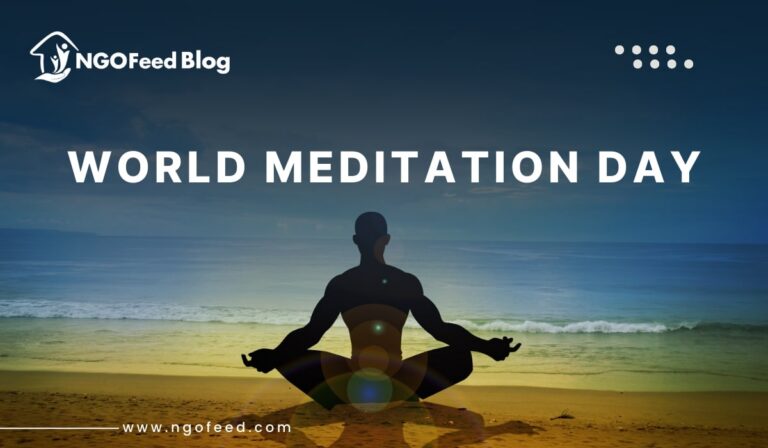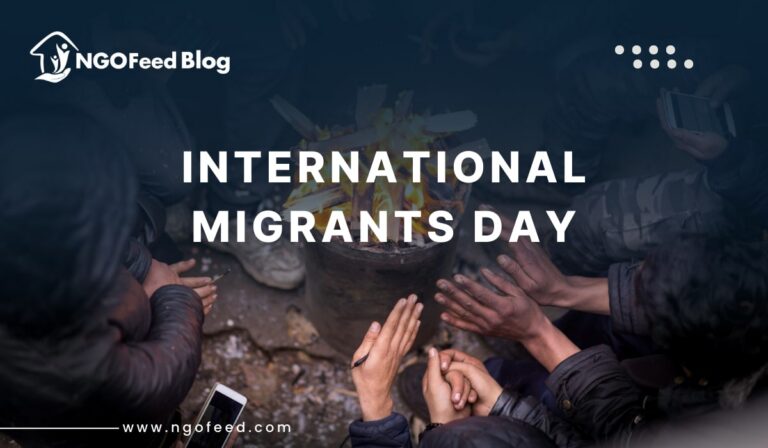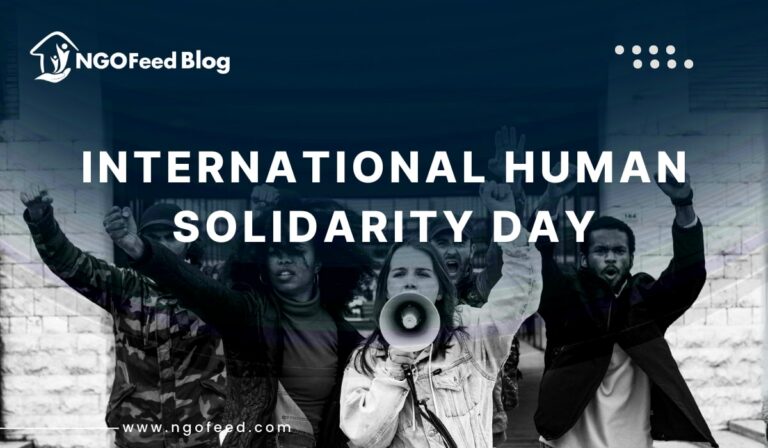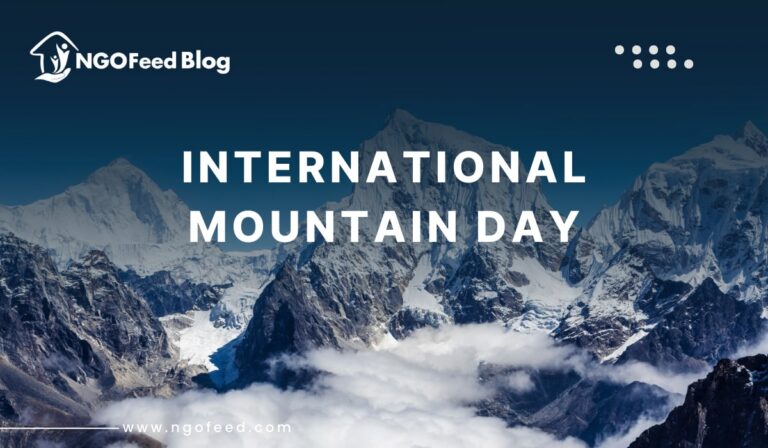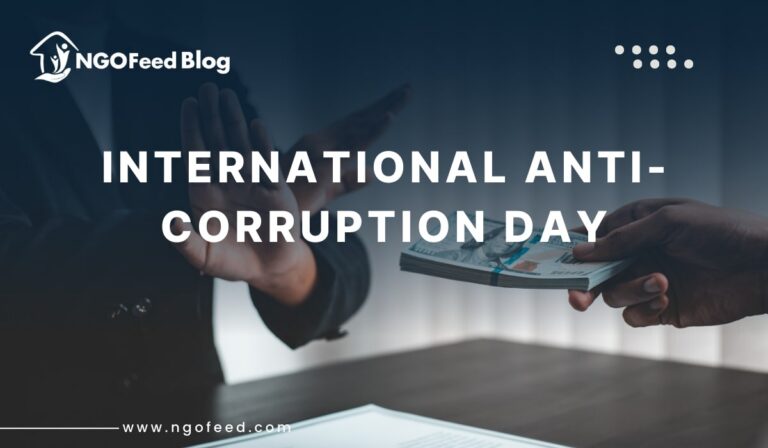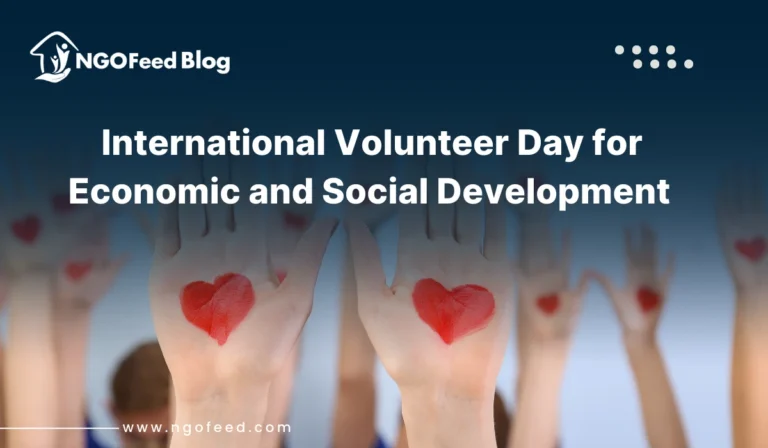Common Grant Proposal Mistakes NGOs Make and How to Fix Them: For Non-Governmental Organizations (NGOs) to survive and thrive, grants are essential. Common mistakes in their proposals, however, make it difficult for even well-intended NGOs to get funds. A grant proposal is a persuasive document that proves the credibility, capability, and effect of the NGO rather than only a plea for funds. An NGO’s funding success rate can be much better if one knows what often goes wrong and how to fix it.
Table of Contents
1. Objective Uncertainty
The Error:
Many nonprofits submit proposals with hazy or excessively ambitious objectives, such as “to enhance rural Indian education” without clarifying which component, beneficiaries, or how success will be assessed.
How One Could Repair It:
Use the SMART approach; goals should be Specific, Measurable, Attainable, Relevant, and Time-bound.
Example: “To raise school attendance among 200 girls in XYZ district by 30% within one academic year via after-school tutoring and transportation help.”
Also Read: Top 10 Government Schemes For NGOs
2. Lack of knowledge of the donor’s priorities
The Mistake:
Often, NGOs send the same proposal to several donors without customizing it to match the particular interest of each. This “one-size-fits-all” method gives proposals a generic and unrelated appearance to the donor’s goal.
Fixing it:
- Examine the preferences, funding history, and geographic priorities of every donor.
- Emphasize how your project fits with the aims of the donor.
- When appropriate, employ their terminology (e.g., “capacity building,” “gender inclusion,” etc.).
- Highlight any previous participation with their events or projects.
3. Weak Problem Statement
The mistake:
Shome ideas depend just on anecdotal data or provide poor proof of the issue. Investors need reliable data /to support their spending.
Ways to Mend It:
- Use field surveys, academic studies, or confirmed data from government papers.
- Combine human narratives with statistics for emotional resonance.
- Show clearly a “need gap”—why current systems are lacking and how your NGO helps to close it.
4. Lost or implausible budgets
The blunder:
Inadequate, inflated, or unrealistic budgets point to bad financial planning. Some ideas overestimate requirements; others neglect indirect expenses (such as monitoring or administration).
How to Mend It:
- Make a thorough line-item budget.
- Include direct and indirect expenses, but stay below 10–15%.
- Give every expenditure in the story reasons.
- Always double-check computations to make sure they match the project timeline.
Also Read: Values Driven Fundraising: A Holistic Approach to Ethical Giving
5. Ignoring Monitoring and Evaluation (M&E)
The Error:
Proposals without clarity on how project effects will be evaluated typically lose believability. Donors demand knowledge of the result, not only of the action.
Repair methods:
- Set specific success markers (e.g., increased literacy rate, better healthcare access).
- Surveys, attendance logs, and interviews define data collecting instruments.
- Add a brief table outlining your proposal’s M&E framework.
- Set apart personnel hours and funds for review.
6. Profile of a weak organization
The Error:
Some NGOs look past highlighting their track record, governance, or financial openness, therefore giving off unreliable or inexperienced impression.
Fixing It:
- Give a brief but powerful summary of your NGO: goals, background, team, previous initiatives, and influence data.
- Include copies of legal papers (registration, FCRA, 12A/80G).
- Refer to accolades, awards, or trustworthy partnerships.
- As annexures, provide annual reports and audited financial statements.
7. Exceedingly Technical or Difficult Language
The Error:
Some suggestions are so heavy with jargon that reviewers find it challenging to grasp the idea. Others make emotional appeals free of framework.
How to Repair It:
- Use basic, professional vocabulary.
- Avoid buzzwords like “holistic empowerment” unsaid.
- For clarity, use brief sentences and bullet points.
- Add pictures, like graphs or flowcharts, wherever practical.
Also Read: FCRA Rules 2025: What Every NGO in India Must Know
8. No sustainability strategy
The Fault:
Many initiatives don’t clarify how the work will proceed after the funding period. Donors are concerned about quick results.
How to remedy it:
- Include elements of sustainability such community ownership, local fundraising, ability transfer, or income-generating.
- Emphasize alliances able to sustain momentum following funding.
- Describe your long-term plan and scalability.
9. Neglect of Compliance and Documentation
The Error:
Straight rejection can result from missing attachments including registration certificates, FCRA renewal, PAN, or audit papers.
How to mend it:
Develop a grant-ready folder with:
- Documents for registration
- Certificates of 12A/80G
- FCRA registration, if any
- last audit report
- Yearly activity report
- Bank info and PAN
- For simple submission, update this directory annually.
10. Late submission or ignoring of rules
The Mistake:
When they ignore word limitations, format, or document naming conventions or miss submission deadlines, even strong proposals are rejected.
Fixing It:
- Keep a grant schedule following all deadlines.
- Thoroughly read review standards and adhere to the suggested form—font size, word count, attachments.
- Before submission, have either a colleague or a specialist scrutinize your work.
- To prevent technical problems, submit 2–3 days prior the deadline.
Also Read: Cultural Appropriation Vs Cultural Respect in NGO Campaigns
Conclusion
Success calls clarity, structure, data, and compliance in addition to a great idea. Avoiding these typical errors turns a project plan from a typical request into one that is fund-worthy and engaging. Strong documentation, donor research, and impact evaluation enable NGOs to establish long-term credibility and boost their success rate with national and international funding.
Frequently Asked Questions (FAQs)
1. Why do most NGOs fail to get grants?
Because of unclear objectives, poor proposal structure, or lack of alignment with donor priorities.
2. How long should a grant proposal be?
Usually 5–15 pages, depending on donor requirements. Always follow the funder’s guidelines.
3. Who should write a grant proposal?
Ideally, a trained proposal writer or program manager familiar with both project and donor requirements.
4. How can NGOs make their proposals stand out?
By presenting evidence-based needs, clear impact goals, and a sustainable plan for long-term change.
5. What’s the most important part of a grant proposal?
The problem statement and the measurable outcomes — these sections convince donors of your project’s necessity and feasibility.



